44 is country of origin required on food labels
PDF Country of Origin Labeling name of the country of origin of the article. Country of origin marking is used to clearly indicate to the ultimate purchaser of a product where the product was made. The USDA, Agricultural Marketing Service (AMS) is responsible for enforcement of the Country of Origin Labeling (COOL) law which establishes labeling requirements for specific covered Country of Origin Labeling (COOL) | Agricultural Marketing Service Country of Origin Labeling (COOL) is a labeling law that requires retailers, such as full-line grocery stores, supermarkets and club warehouse stores, to notify their customers with information regarding the source of certain foods.
Origin Labeling Requirements for Imported Commodities Passed On June 8, 2021, the Senate passed the United States Innovation and Competition Act of 2021 which included the proposed country of origin labeling COOL requirements in Section 2510 of the Act.

Is country of origin required on food labels
Country of origin | ACCC - Australian Competition and ... You will find country of origin labelling on most food you buy at the supermarket, local stores, markets, online or from a vending machine. Food bought from restaurants, cafes, take-away shops, schools and caterers does not have to be labelled. Food that was packaged and labelled on or before 30 June 2018 can still be sold without the new labels. Must processed food products have a country of origin label? - USDA Must processed food products have a country of origin label? Jul 17, 2019 Knowledge Article Retail items that meet the definition of a processed food item do not require labeling under the COOL final rule. For more information, visit Common Questions & Answers on Country of Origin Labeling. Live chat: Country of Origin Labeling (COOL) Frequently Asked Questions What is COOL? Country of Origin Labeling (COOL) is a consumer labeling law that requires retailers (most grocery stores and supermarkets) to identify the country of origin on certain foods referred to as “covered commodities”. The 2002 and 2008 Farm Bills and the 2016 Consolidated Appropriations Act amended the Agricultural Marketing Act of 1946 to require retailers to notify their ...
Is country of origin required on food labels. Country of Origin Food Labelling Information Standard 2016 Sep 28, 2017 · This is a compilation of the Country of Origin Food Labelling Information Standard 2016 that shows the text of the law as amended and in force on 12 August 2017 (the compilation date). The notes at the end of this compilation (the endnotes) include information about amending laws and the amendment history of provisions of the compiled law. Country of Origin Labeling of Agricultural Products While the COOL law contains an expressed exclusion for an ingredient in a processed food item, many imported items still must be labeled with country of origin information under the Tariff Act of 1930. Items that are imported in consumer-ready packages also are required to be labeled with country of origin information. Country of origin food labelling resources | business.gov.au May 21, 2021 · The specific origin label required for your food product will be determined by whether it: is a priority or non-priority food; was grown, produced, made or packed in Australia. There are two types of origin label: the standard mark; a country of origin statement. A Brief History and Overview of Country of Origin Labeling Requirements ... Country of Origin Labeling (COOL) laws and regulations require retailers to notify their customers of the country of origin of covered commodities, which include beef, veal, lamb, chicken, fish and shellfish, goat, pork, perishable agricultural commodities, macadamia nuts, pecans, ginseng, and peanuts. One might think that this is a simple matter, but as with most regulatory requirements ...
Country of origin food labelling | business.gov.au Country of origin labelling is not required on the following food products: foods not for human consumption (for example, pet food) foods sold in restaurants, cafes, take-away shops or schools foods sold at fundraisers foods sold from the same premises in which they have been made and packed. CPG Sec 560.200 Country of Origin Labeling | FDA - U.S. Food and Drug ... CPG Sec 560.200 Country of Origin Labeling November 2005 Final Issued by: Center for Veterinary Medicine Office of Regulatory Affairs Food labeling statements regarding geographical origin must not... Country-of-Origin Labeling for Foods and the WTO Trade ... - Congress Since the final rule to implement country-of-origin labeling (COOL) took effect in March 2009, most retail food stores have been required to inform consumers about the country of origin of fresh fruits and vegetables, fish, shellfish, peanuts, pecans, macadamia nuts, ginseng, and ground and muscle cuts of beef, pork, lamb, chicken, and goat. Country of Origin Labeling: What Businesses Need to Know ginseng. peanuts. Commodities covered under COOL must be labeled at retail to indicate its country of origin. For fish and shellfish, the method of production -- wild or farm-raised -- must be specified. Commodities are excluded from mandatory COOL if the commodity is an ingredient in a processed food item. Follow us.
What Is Country of Origin Labeling? An Overview - Shipping Solutions According to CBP, the rules of origin contained in 19 CFR Part 102 determine the country of origin for marking purposes of a good imported from Canada or Mexico in accordance with the requirements of 19 CFR Part 134. The product-specific rules of origin contained in GN 11 (o) determine whether a good qualifies as originating under the USMCA. Food labelling: country of origin - GOV.UK If all these activities took place in a single country, the label 'Origin: [name of country]' is acceptable. For the GB market, 'United Kingdom' is the origin label for beef and veal from both GB... Country of origin labelling online tool | business.gov.au no origin label needed. The tool only generates standard mark labels. It doesn't generate country of origin statements (without the outline box) but it does show you how to create your own origin statement. If the tool recommends no label, it means the food product does not require a standard mark or a country of origin statement. How to Navigate the Country of Origin Food Labelling Requirements — Lau ... Requirements that must be met before the Australian country of origin labels can be used. When a food is grown, produced in, packed or made in Australia, it is mandatory that proportion of Australian content be disclosed. Where businesses cannot accurately identify the percentage of Australian content in a food, the claim that the food contains ...

1000+ images about Five food products specific to Germany and a food label (#3) on Pinterest ...
Which foods are covered in the country of origin labeling law? - USDA Foods that must be labeled with their country of origin are: 1. Muscle cuts of beef (including veal), lamb, pork, goat, and chicken; 2. Ground beef, ground lamb, ground pork, ground goat, and ground chicken; 3. Wild and farm-raised fish and shellfish; 4. Perishable agricultural commodities (fresh and frozen fruits and vegetables); 5.
Country of Origin Marking - U.S. Customs and Border Protection Additional products are exempt from country of origin marking requirements, but Canada, Mexico and the United States may require that their outermost usual containers be marked to indicate the country of origin of the goods they contain. These include a Canadian, Mexican or U.S. good that: is incapable of being marked;
Country of origin labelling - Food Standards The Australian Government introduced a country of origin food labelling system under Australian Consumer Law on 1 July 2016. Country of origin labelling requirements for food is in the Country of Origin Food Labelling Information Standard 2016, under the Competition and Consumer Act 2010. These requirements became mandatory on 1 July 2018.
Country of Origin Food Labeling | Jenn David Design The Country of Origin Labeling requirement states that "Food labeling statements regarding geographical origin must not be false or misleading in any particular." So it would be incorrect to state that the cocoa is a product of both Mexico and Chile on the label. You would need two labels in this case—one for each respective country of origin.
Country-of-Origin Labeling for Foods require country-of-origin information to be provided to consumers. The 111th Congress is considering legislation that would expand COOL labeling requirements to cover more food products. H.R. 2749, the House-passed food safety bill, would expand such labeling to apply to all processed foods and to other agricultural commodities not now covered by
Country of origin food label responsibilities - Queensland Country of origin food label responsibilities. The Country of Origin Food Labelling Information Standard 2016 (Standard) commenced on 1 July 2016 under the Australian Consumer Law (ACL). From 1 July 2018, if you are a business offering food products for retail sale in Australia, you must comply with the Standard. The type of label required for ...
Labelling of the country of origin of foods - Finnish Food Authority Indication of the country of origin of the meat ingredient in food and the milk ingredient used in milk and certain similar products is regulated nationally by Ministry of Agriculture and Forestry Decree 218/2017 .The Hyvää Suomesta (Produced in Finland) label replaces the food's country of origin label. The Decree was valid until 31 December ...

New changes to Country of Origin Food Labelling, taking place throughout Australia | SBS Your ...
Country of Origin Requirements in the United States: An Overview Sep 06, 2022 · The purpose of the Country of Origin marking is to inform consumers about the country where the product was manufactured. Here are some examples: Made in the United States; Made in China; Made in Vietnam; Made in Brazil; In the United States, the Country of Origin must be permanently affixed in most consumer products such as: Apparel and ...
CPG Sec. 560.200 Country of Origin Labeling - Food and Drug Administration CPG Sec. 560.200 Country of Origin Labeling BACKGROUND: A statement of the country of origin on the labeling of imported foods is not required by the Federal Food, Drug, & Cosmetic Act. This is a...
Mandatory country-of-origin labeling (US) - Wikipedia Country of origin labeling (COOL) (or mCOOL [ m for mandatory]) is a requirement signed into American law under Title X of the Farm Security and Rural Investment Act of 2002 (also known as the 2002 Farm Bill), codified at 7 U.S.C. § 1638a as Notice of country of origin.

In May 2021, the customs detected 174 batches of food and cosmetics that have not been allowed ...
Marking of Country of Origin on U.S. Imports | U.S. Customs ... Every article of foreign origin entering the United States must be legibly marked with the English name of the country of origin unless an exception from marking is provided for in the law. SPECIAL NOTE: This webpage is strictly about marking of country of origin on U.S. imports and is for general information purposes only.
Food labelling and packaging: Food labelling - what you must ... the name of the food; a ‘best before’ or ‘use by’ date; any necessary warnings; net quantity information; a list of ingredients (if there is more than 1) the country or place of origin, if ...
Compliance FAQs: Packaging and Labeling in the US | NIST In addition, all products imported into the U.S. must conform to Title 19, United States Code, Chapter 4, Section 1304 and 19 CFR 134, Country of Origin Marking regulations. Other product categories, such as electronics, food, medical devices, etc., are covered by regulations from the responsible agency.
Country of Origin Labeling (COOL) Frequently Asked Questions What is COOL? Country of Origin Labeling (COOL) is a consumer labeling law that requires retailers (most grocery stores and supermarkets) to identify the country of origin on certain foods referred to as “covered commodities”. The 2002 and 2008 Farm Bills and the 2016 Consolidated Appropriations Act amended the Agricultural Marketing Act of 1946 to require retailers to notify their ...
Must processed food products have a country of origin label? - USDA Must processed food products have a country of origin label? Jul 17, 2019 Knowledge Article Retail items that meet the definition of a processed food item do not require labeling under the COOL final rule. For more information, visit Common Questions & Answers on Country of Origin Labeling. Live chat:
Country of origin | ACCC - Australian Competition and ... You will find country of origin labelling on most food you buy at the supermarket, local stores, markets, online or from a vending machine. Food bought from restaurants, cafes, take-away shops, schools and caterers does not have to be labelled. Food that was packaged and labelled on or before 30 June 2018 can still be sold without the new labels.
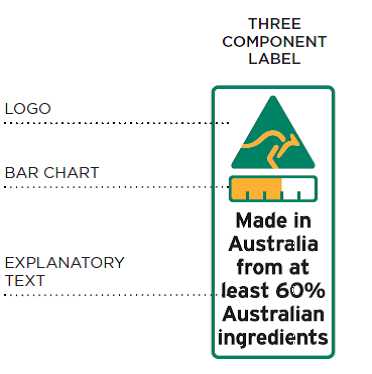
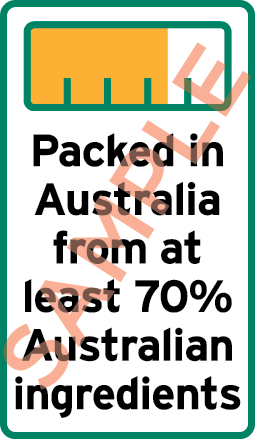
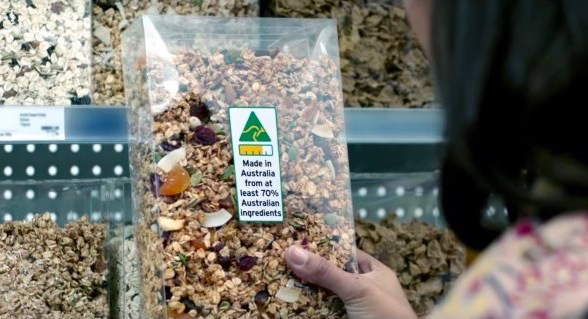

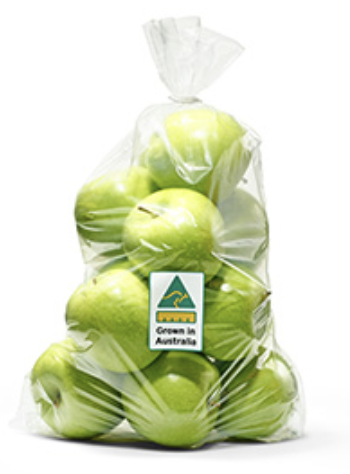
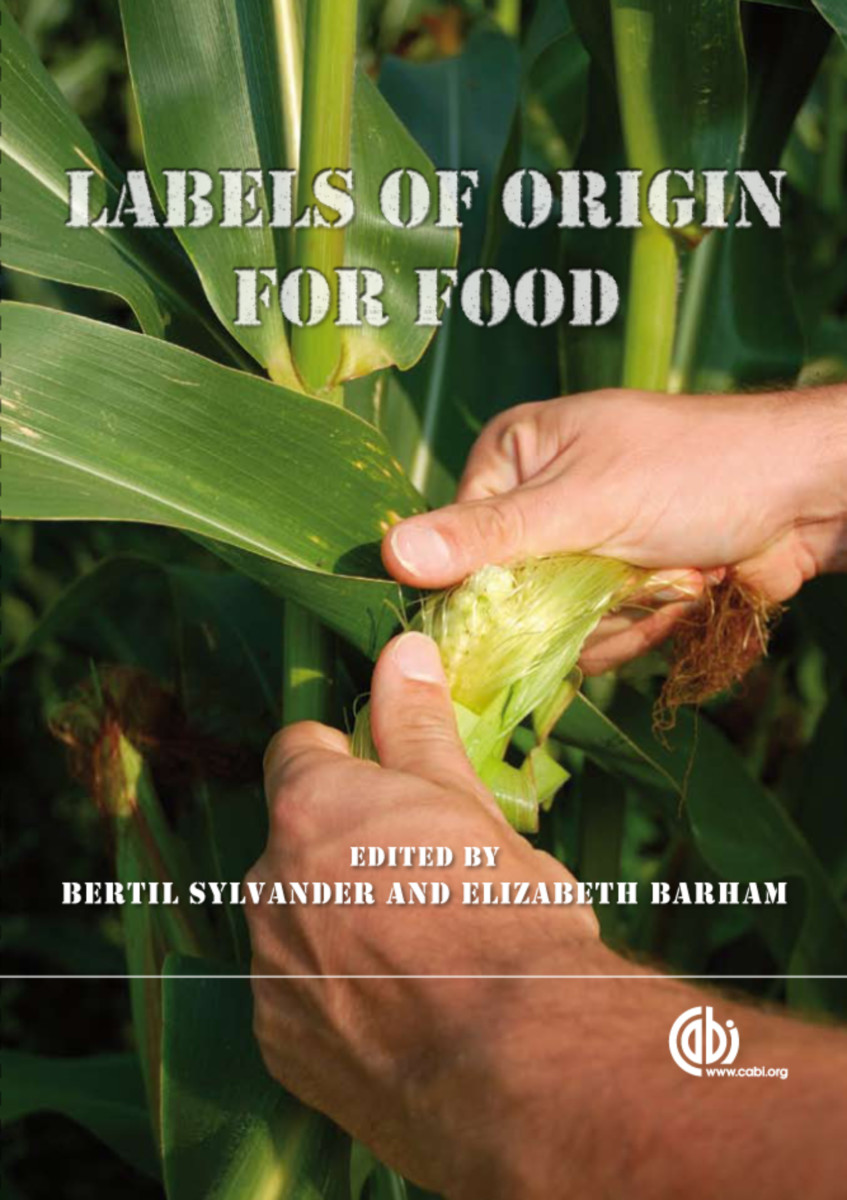
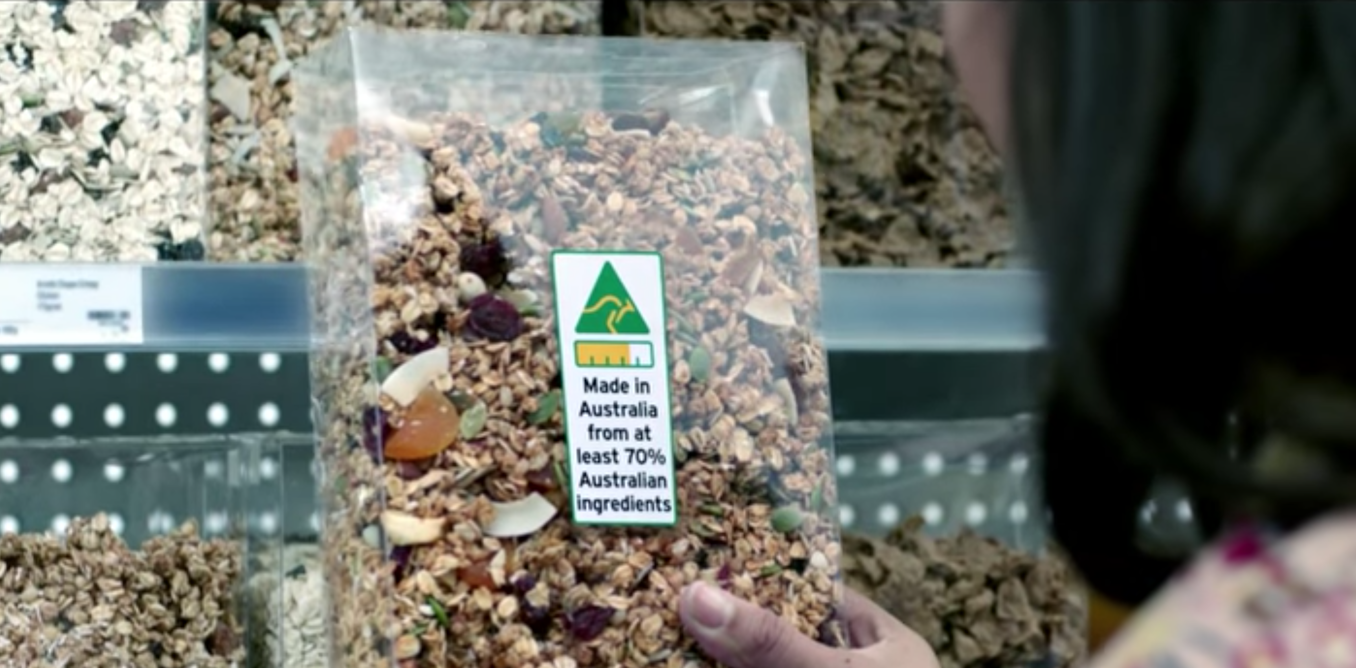


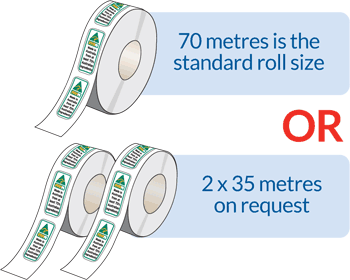
Post a Comment for "44 is country of origin required on food labels"